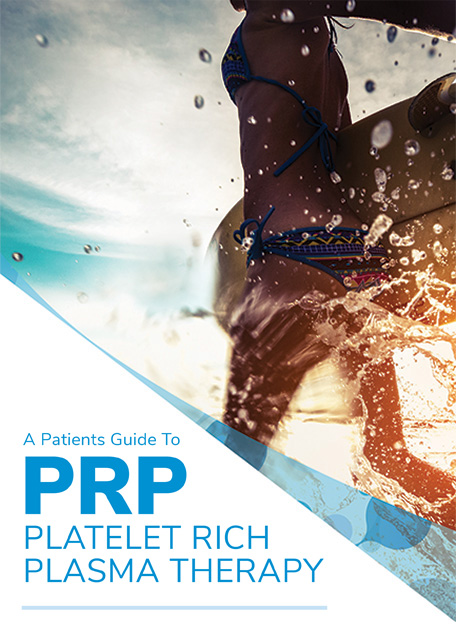What is PRP?
Platelet Rich Plasma (PRP) is concentrated from your own blood which contains healing factors, such as white blood cells and bioactive proteins, called growth factors and stem cell markers. These cells are vital for tissue regeneration and repair. Platelets, once thought of being responsible only for clotting, have been scientifically proven to be a reservoir of these vital healing components. With advanced techniques we are able to concentrate these regenerative healing cells in a simple outpatient setting.
- Minimally invasive
- Minimal to no down time
- Speeds up and promotes healing
- Natural and organic, autologous from your own body
- Less side effects when compared steroid injections or surgery
CALL FOR APPOINTMENT
[email protected] • 310-914-3400
11695 National Blvd. • Los Angeles, CA 90064
www.WholeLifeHealthMD.com


Little To No Risk Factors
PRP is from your own blood, autologous, so there is little to no
risk when conducted by a trained professional. Since the cells
are autologous there is no risk for an allergic or immune
reaction. Side effects or complications with PRP are extremely
rare. Consult your physician for more information.
Procedure Time
The total process can last up to 30 minutes. However, the
majority of time will be used for processing by a trained
medical specialist.
The Healing Process
PRP signals for Stem cells and regenerative cells to repair and
rebuild the damaged tissue. This accelerated healing process
reduces pain, promotes increased strength, and improves
overall function. The process, called the healing cascade, can
be active and take place over a 4–6 week period.
Long Term Outcome
Patients can expect to see significant improvement in symptoms over the course of healing time. This procedure may eliminate the need for further invasive treatments, such as surgery or prolonged use of medications. While other treatments such as corticosteroid injections may provide temporary relief and stop inflammation, PRP injections stimulate healing of the injury over a shorter time period with less side effects. Patients usually report a gradual improvement in symptoms and return of function. Many patients require two to three treatments to obtain optimal results and may even experience a dramatic return of function and relief within 2–3 months.
Recovery After Treatment
The anesthetic used to numb the skin generally wears off in 1–2 hours. Mild pain and swelling may occur at the injection site. However, the majority of patients are able to return to usual activities with minimal down time.
Post-Treatment Care
You must be particularly careful not to traumatize the area during this post-treatment time frame. Initially the procedure may cause some localized soreness and discomfort. Use the area as tolerated since restricting movement for an extended time can cause stiffening. Movement and massages promote circulation in the area and also assist with healing. Warm compresses and topical arnica are recommended after treatment to support the healing process.
